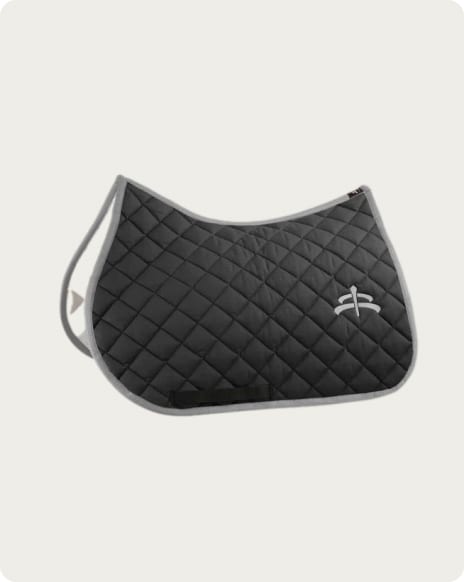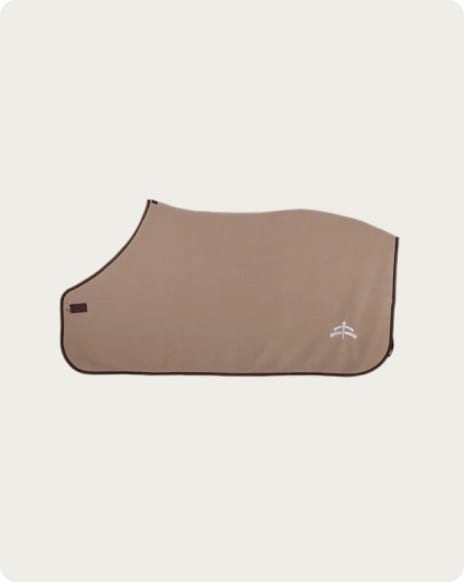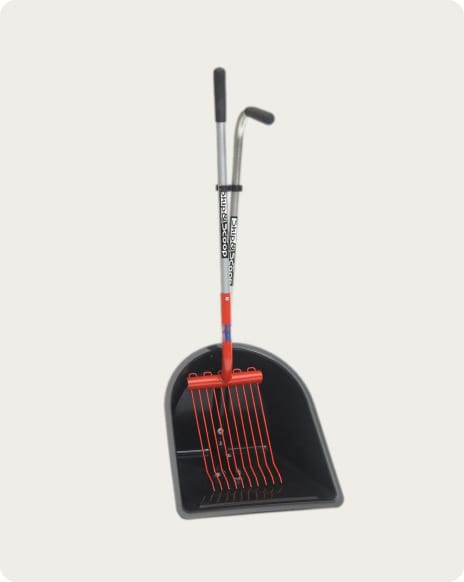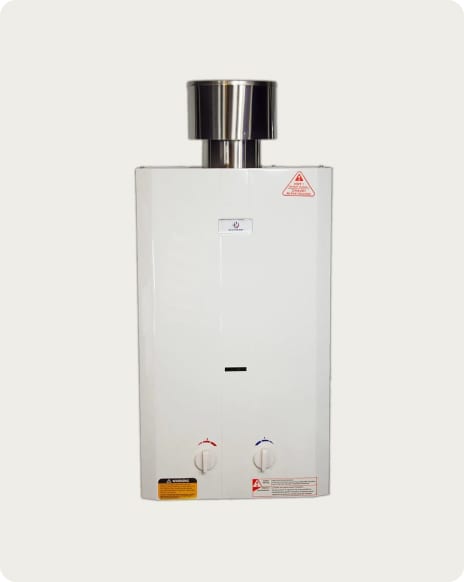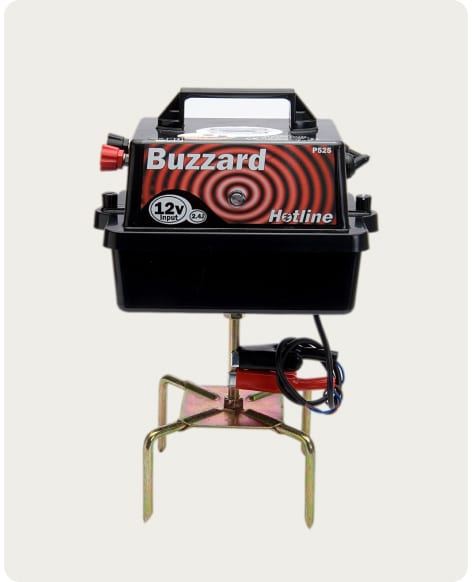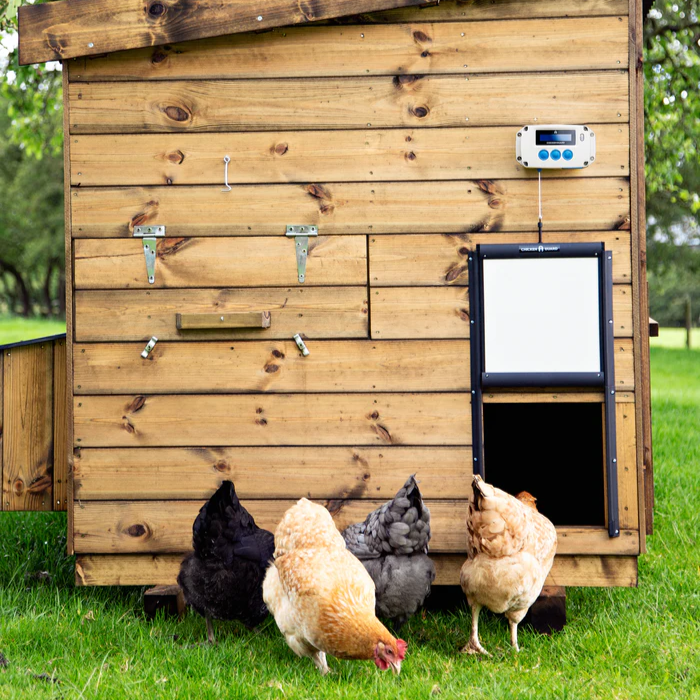With recent technological advancements, the quality of electric fence energisers has reached new highs. Battery, solar and mains electric fence energisers have all reached new levels of wattage, safety and durability making now a perfect opportunity to purchase an electric fence energiser. From the ever reliable and powerful mails electric fence energiser, ideal for large areas where underground cabling can be provided, to the surprisingly powerful and waterproof 12v battery powered electric fence energiser, Hotline fencers have developed a reputation for quality. With the improving power and charging capacity of solar technology, opting for the sustainability of an affordable solar-powered electric fence is quickly becoming a great option for smallholders and equine owners.
When buying an electric fence energiser, it is important to ensure that every aspect of your electric fencing is able to work with and support the rest of the circuit from the power source to the physical fencing. With our complete range of Hotline Electric Fencing, covering everything from posts to tape and even offering complete electric fencing kits, you can ensure you buy electric fencing that will run reliably. With energisers and fencing materials all for sale online with free postage to the UK, purchasing the best energiser for your needs is both affordable and simple.
Types of Electric Fence Energisers
There are three main types of electric fence energiser, mains powered energisers, battery-powered energisers, and solar-powered energisers. Each type of energiser uses a different energy source to produce electricity and send an electrical current through electric fencing.In addition to the three main types of energiser, it is possible to buy dual energisers that combine either battery power and mains power or battery power and solar power. In dual energisers, one energy source provides a backup should the other fail or run out.
While mains energisers are traditionally the strongest and most reliable type of fencer, 12V battery energisers, dual energisers and some solar powered energisers can provide similar strength and durability of current. While less strong and with a shorter lifespan, D-Cell battery powered energisers and solar powered energisers have the benefit of being easily moved, ideal for strip grazing and situations where an area needs to be frequently moved.
Each type of electric fence energiser has its own set of advantages and drawbacks. Before investing in an electric fence energiser, it is important to fully understand the abilities and limitations of each so that you can purchase the right energiser for your electric fence needs.
Mains Powered
Mains powered electric fence energisers channel power from the alternating current of the mains electricity grid and convert it to an electric pulse that travels around the fence circuit.These energisers do not require batteries, have consistent high voltages, there is no need to find an alternative power source while recharging batteries and the running costs are cheap as the small amount of mains electricity needed is affordable, and expenses like battery replacements are not required.
Mains powered electric fence energisers have the broadest range of size and voltage power which also gives them the capacity to provide power to vast lengths of electric fencing. Installing mains energisers can be more complicated than with other types of fence. Mains powered energisers require long earth stakes and a connection cable, with high voltage insulated cables advised, to attach the energiser to the fence and earth stakes.
Mains powered energisers also need to be covered and cannot be left exposed, unlike battery and solar energisers. If the mains energiser is located within a fire-risk building using a lightning arrestor between the building and fence is recommended. As a result of these requirements, mains powered energisers are considerably less portable and better suited for permanent electrical fences or where high voltage fencing that covers a large area is required.
Dual Power Energisers
Increasingly dual power energisers that combine mains power with battery power have become popular. Dual energisers provide additional reliability as they ensure that an electric fence will stay powered in the event of a power outage. Dual energisers can also be used more flexibly as the battery element can power a fence without mains power and can be left uncovered, making it easily moved and perfect for temporary fencing.Mains powered energisers, and dual energisers are traditionally favoured, particularly by those with a large area to cover, thanks to the cheap purchasing costs, running costs, greater voltage power and reliability of the charge.
Battery Powered
Battery powered energisers get their electricity from some form of battery. The type of battery can vary from rechargeable 12V batteries to D-Cell batteries which need to be replaced when finished.Battery powered fences come in a variety of voltage strengths and battery life, they are generally cheaper to buy initially but have higher running costs from the need to replace and recharge batteries. The main advantages of battery-powered energisers are their potential to be strong and their flexibility.
Battery powered energisers also come as a dual energiser with either mains power or solar power, providing a backup should one of the energy sources fail.
Depending on the power of the battery, battery-powered fences can be the ideal replacement for mains power if the latter is not available, although the cost of running a battery powered energiser is higher than running a mains energiser of the same strength.
Battery powered energisers are easy to move around and can be left uncovered outside, making them ideal for temporary fencing and fencing located a long way from a mains power source.
Although battery-powered energisers all get their electricity from batteries, different batteries have different characteristics and are more suited to different animals, situations and types of fencing. If you choose a battery-powered energiser it is important you understand the strengths and weaknesses of wet and dry batteries.
12V Battery Powered
12V battery powered energisers have rechargeable batteries, known as “wet batteries”. 12V battery powered fences are the most powerful of the battery-powered energisers so can be used for longer, on larger stretches of fencing and at a higher voltage, making a good alternative when mains power is not available. 12V battery powered energisers are suitable both for semi-permanent and regularly moved fencing as well as proving effective against all types of animal, making it a highly adaptable charging option.
The main drawback of 12V battery powered energisers is that the rechargeable batteries are expensive and will need replacing eventually, leading to fairly high running costs.
D-Cell Battery Powered
Energisers that are powered by D-Cell batteries, a type of “dry battery” generally have lower voltage and the batteries need to be replaced rather than recharged. The cost of frequently replacing batteries makes this type of energiser one of the more costly to maintain, although the batteries are widely available and the energiser itself is normally cheaper than other options.
D-Cell battery powered energisers are best suited for smaller areas and temporary fencing.
Solar Powered
Unlike mains and traditional battery-powered electric fence energisers, solar powered energisers provide the electric charge by converting sunlight into power. Solar energisers use sunlight to power their battery which then provides a charge for the electric fencing.
The fencer will eventually need to have its batteries renewed but, as they are constantly recharged, solar powered energiser batteries last a long time. Aside from the initial cost of the energiser, which can be considerably higher than other energiser options, solar powered energisers have minimal running costs and so are highly cost-effective in the long term.
Solar powered energisers are becoming increasingly more powerful and are increasingly being used on farms to contain large livestock and as fencing for horses, as well as being useful in protecting gardens from unwanted animals. Solar powered energisers are particularly useful in remote locations where there is no access to the mains electrical grid.
Solar powered energisers are relatively easy to install and can be managed without professional help. When installing a solar-powered energiser, it is important to mount the charger in a position where it will receive maximum sunlight and securely attaching the charger to the fencing.
Another benefit of solar-powered energisers is that the fencing can easily be moved around and relocated, making it a perfect choice for rotational grazing. Once installed, solar powered energisers require some minimal maintenance such as occasionally cleaning the solar panel to ensure it operates at optimal efficiency and storing the battery at full charge when not in use.
How Does an Electric Fence Energiser Work?
Electric fence energisers convert power, from a mains cable, battery or solar battery, into a voltage pulse. The voltage pulse is released by the energiser onto an insulated fence line of electric tape.
The voltage pulses are normally released at a rate of about one per second, and each pulse is approximately 150 microseconds long. If an animal comes into contact with the electric fence when the energiser is releasing a pulse, it will provide a route for the electricity to reach the ground, completing the electric circuit and causing the animal to feel a small shock.
The shock is not strong enough to harm the animal but is strong enough to deter the animal from coming into contact with the fence or breaking through. Without the electric fence energiser, an electric fence has no current and provides a very flimsy barrier that most animals will simply ignore.




